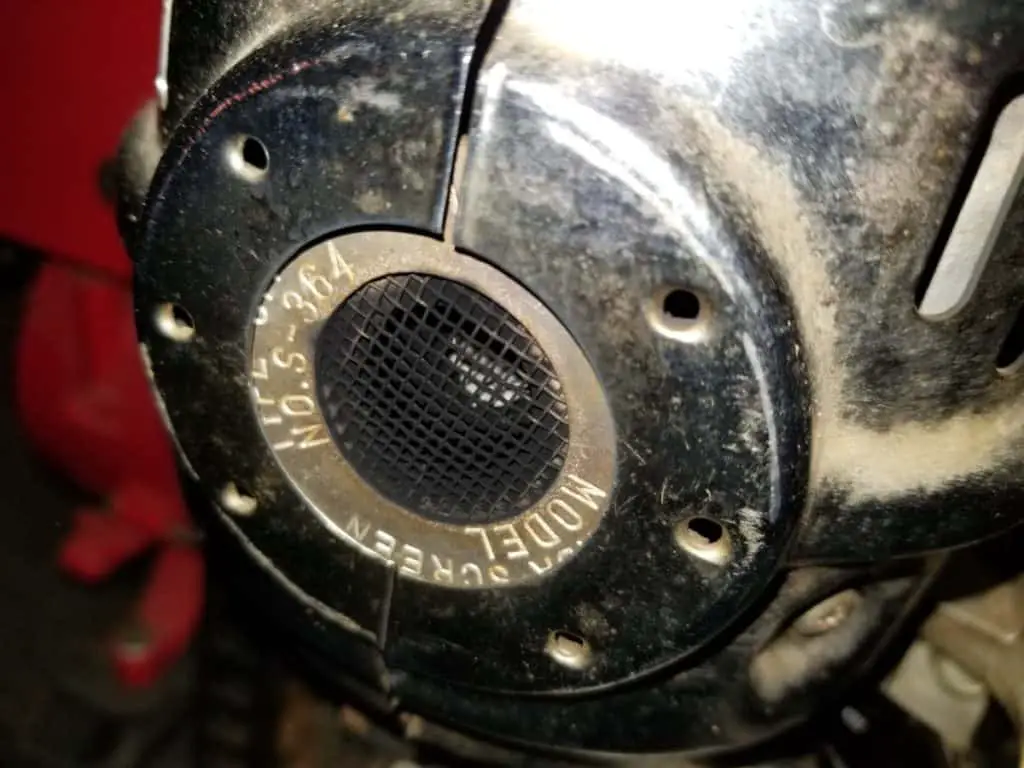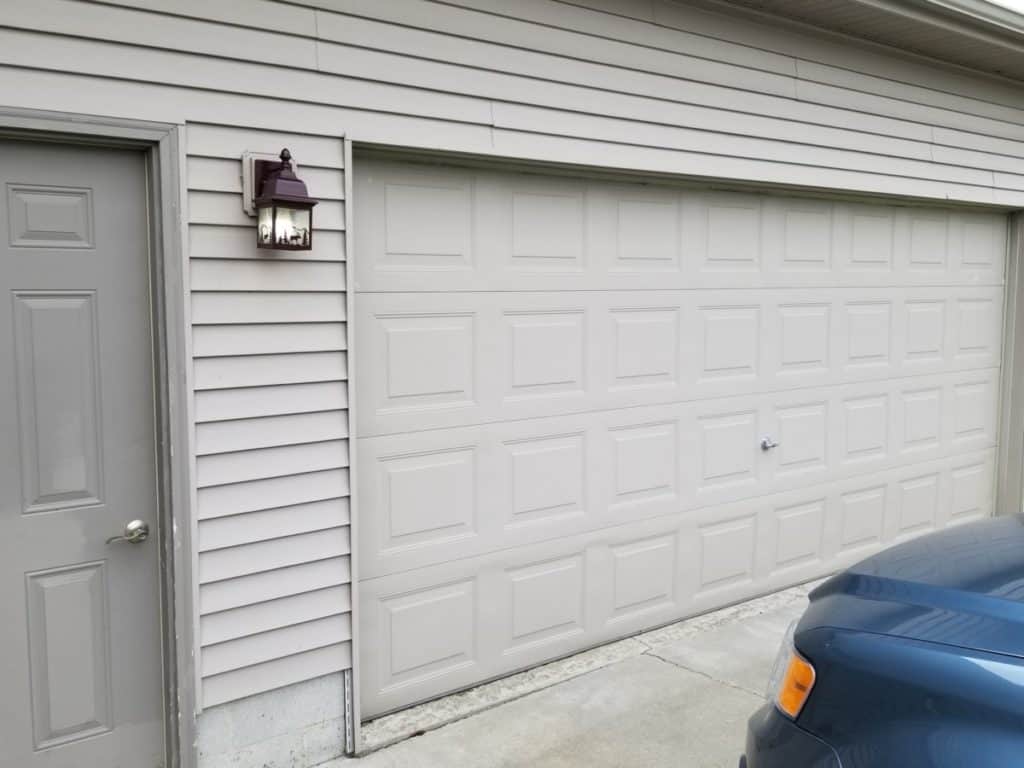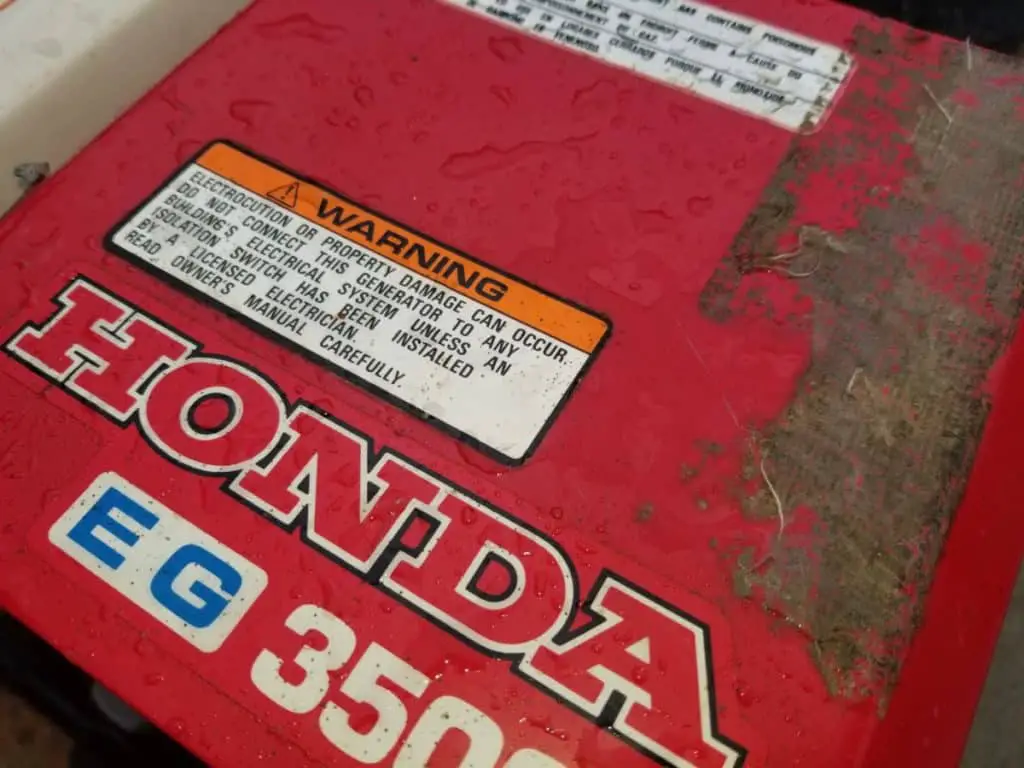If it’s raining outside or if you’re really worried about theft, then you might have wondered at some point if it’s safe or not to run your generator inside the house.
I mean, it’s a small unit when compared to a car so it can’t be that bad right?
You might be really surprised.
Running a portable generator indoors (including basements and garages) that burns propane, gasoline, or diesel fuels will lead to carbon monoxide poisoning and death. Generators should be operated 10′-25′ away from your home with the exhaust pointing away.
In this article we’ll talk about the dangers of generator fumes, whether or not it’s safe to run one in the garage, the appropriate distance a generator should be operated from your home, the best indoor “generators” to use, and how to operate a generator in the rain safely.
Let’s get started!
Why Carbon Monoxide (CO) Makes Running a Generator Indoors Dangerous
The gas that you are worried about the most coming from the exhaust of a generator is known as “the silent killer”, and goes by the official name of carbon monoxide (CO for short). This gas can not be seen, smelled, or tasted and yet it can kill you within minutes or incapacitate you in seconds if the concentrations are high enough.
Carbon monoxide is the result of the combustion process when your generator’s engine burns gasoline and air inside the combustion chamber. The result is carbon monoxide just like with a car.

What really surprised me the most when doing the research is just how much carbon monoxide a generator emits. According to the CPSC (the Consumer Product Safety Commission), a 5 kW generator can give off 1,500 grams per hour of carbon monoxide whereas a passenger vehicle from the 1990’s will only give off about 2.4 to 5.4 grams per hour.
That means that your generator produces roughly 277 to 625 times more carbon monoxide than an old car due to the inefficiencies of combustion that occur in a small engine like a generator. That disparity would be even greater today with our computer systems in modern vehicles that fine tune the combustion process to reduce emissions!
Cars engines are completely different and have a much higher fuel efficiency rate and a more complete combustion and this is the reason they give off much less and yet you still shouldn’t even run those inside your garage even if the garage door is open.
Other statistics to note from the CPSC findings is that from 2004 to 2012 anywhere from 40 to 103 people died each year from carbon monoxide due to portable generators and there were 8,703 injuries reported from carbon monoxide poisoning due to generators.
75% of those deaths occurred at home. Of the deaths that occurred at home 35% of them occurred because somebody ran a generator inside the living quarters of the home and 25% of the deaths came from people running them in a basement thinking that that was sealed off well enough from the living quarters.
If you own a portable generator and plan on using it anywhere near your home it is incumbent upon you to own several carbon monoxide detectors that you can place throughout your home, especially in the rooms where people sleep. Make sure to buy new ones every 5 years since they do expire. There is a great deal on CO Detectors here on Amazon if you are in need of a few.
Why Running a Generator in a Garage is Dangerous
OK, we’ve established that it’s not safe to run a generator inside the house. But what about the garage and how bad could it really be if the door is wide open in the exhaust is pointing out?
I’ve known people who have done this numerous times and never had anything happen to them. So yes, it can be done. But should it be done? Absolutely not. You can play Russian roulette and when 5 times but the 6 time doesn’t give you a mulligan.

According to the CPSC, 25% of the deaths that occurred at home from carbon monoxide poisoning is due to a generator being operated in the garage.
There are just too many variables when you have a generator that emits 500x the amount of carbon monoxide as a car just sitting on the borderline of your home.
The temperature, the wind, air pressures all play a critical role in whether or not you live or you die due to running the generator in your garage. You risk the carbon monoxide going up into the soffit and then the attic of your home and spreading throughout. If you’re running an extension cord from your generator through the door leading to your garage then it will necessarily be cracked and carbon monoxide is going to be pouring in if it is the easiest path for air to flow.
The wind and atmospheric pressures could push this carbon monoxide in even quicker and create a draft that will suck it in to your house even faster than it normally would. Or you might use it in your garage and absolutely nothing will happen. If you value your life and the lives of your family make sure to run your generator outdoors.
How Far Should a Portable Generator be Operated from the House
The proper distance that a generator should be run from your home is debatable with many generator manufacturers saying 10′ or 15′ and certain municipalities saying 15′ to 25′.
Obviously, the further of the better, but remember that for practical purposes the further you stretch your generator out from your home the longer the extension cord you’re going to need and the more voltage drop you’ll experience as well, so that’s something to keep in mind.
But it’s safe to say that probably 15′ is a good happy medium unless you live in a location that requires that distance to be further.
This is all good and well and you probably would normally do this anyway, but you probably had the question about running a generator inside because of the rain, so what do we do about that?
Running a Generator Outdoors in Inclement Weather
Running a generator, a device which actively produces electricity in 120 and 240-volts and with plenty enough amperage to kill you especially in wet conditions, is definitely dangerous to run in the rain.
It’s not only dangerous for your health but it’s a dangerous to the electronic components on the generator itself. The outlets and switches are all exposed on the generator and having them doused in rain is certainly a quick ticket to destroying your unit that you’ve spent hundreds, if not thousands, of dollars on.

Luckily, they do make nifty shelter like this one seen here on Amazon which are game changers when it comes to producing power for your house during a power outage.
These little tents allow generators to run safely in rainy conditions and snowy conditions I will give you peace of mind that your unit won’t be destroyed and that you can keep it safely away from the house to prevent poisoning you and your family members. I consider it a must have for any generator owner.
Of course, even when using such a thing make sure that you wear rubber-soled shoes when you go to check on your generator for refueling purposes or any disconnections that you have to make. I bring out a towel under a raincoat with me to dry my hands off so that my hands are not wet when touching anything.
Also, only use one hand at a time when touching a generator in the rain so that you don’t create a bridge for the electricity to run from one hand, through your body and heart, and then out through the other hand if there happens to be an electrical issue.
If you have to refuel, simply make sure that all of your devices are turned off before you go out to the generator and unplug them from the extension cord. Then hit the “kill switch” or the engine shut-off switch to turn the generator off and wait for about 10 minutes for the exhaust to cool.
Do this to reduce the risk of spontaneous combustion of any gas that you might spill or any vapors that might ignite and catch yourself on fire.
Also hit the engine shut-off switch if you need to do any disconnections with the wires, or you can turn off the AC power switch to cut off power and still leave the engine running.
Indoor “Generator” Options
Now if the weather is just too terrible and it’s not safe to exit your home to set up one of the tents that are built to run a generator in the elements and you know that you shouldn’t risk running it in your garage, then another great option is to have one of these indoor generators to use to keep your lights and small appliances going.
I know, I know, it’s not truly a “generator”. People might call them generators but they are anything but.
These are essentially battery banks that have a frame around them to make them look like generators and they need to be powered up by plugging them into a wall prior to use. Essentially, your battery, power inverter, and outlets are packaged together in a perfectly portable option!
These come in various watt-hour sizes, but I like the 518wH model and the 240wH model the best and are excellent choices to power your devices and keep your some lights going. The links above will show you the excellent reviews on Amazon.
When you start running things like refrigerators or larger appliances you’re definitely going to drain these “power stations” out pretty quickly even though they might be able to do it for a period of time.
It’s a cool redundancy to have especially since you can run one of these at night and they are absolutely silent because it’s just a battery that’s giving off electricity. There are no fumes and nothing to worry about.
When the rain dies down a bit and you can safely move your generator back outside, you can plug your indoor generator into the extension cord and power it back up and get ready for round two if the power isn’t restored soon enough.
Carbon Monoxide (CO) Symptoms if a Generator is Operated Indoors
According to the Mayo clinic, common symptoms for carbon monoxide poisoning include the following:
- Headache
- Dizziness
- Upset Stomach
- Flu-like symptoms
- Chest Pain
- Irregular Heartbeat
- Confusion
- Sleepiness
Pets, babies, and small children will all be affected worse at the onset but a lethal dose or an incapacitating dose will affect everybody within minutes.
This is the primary reason why I do not run my generator at night when I plan on sleeping. I’m worried about theft of my generator and damage to it from the elements that I am unaware of as I sleep, but I am more worried about the lethal part of it. If you were asleep and being poisoned by carbon monoxide you will simply just not wake up.

